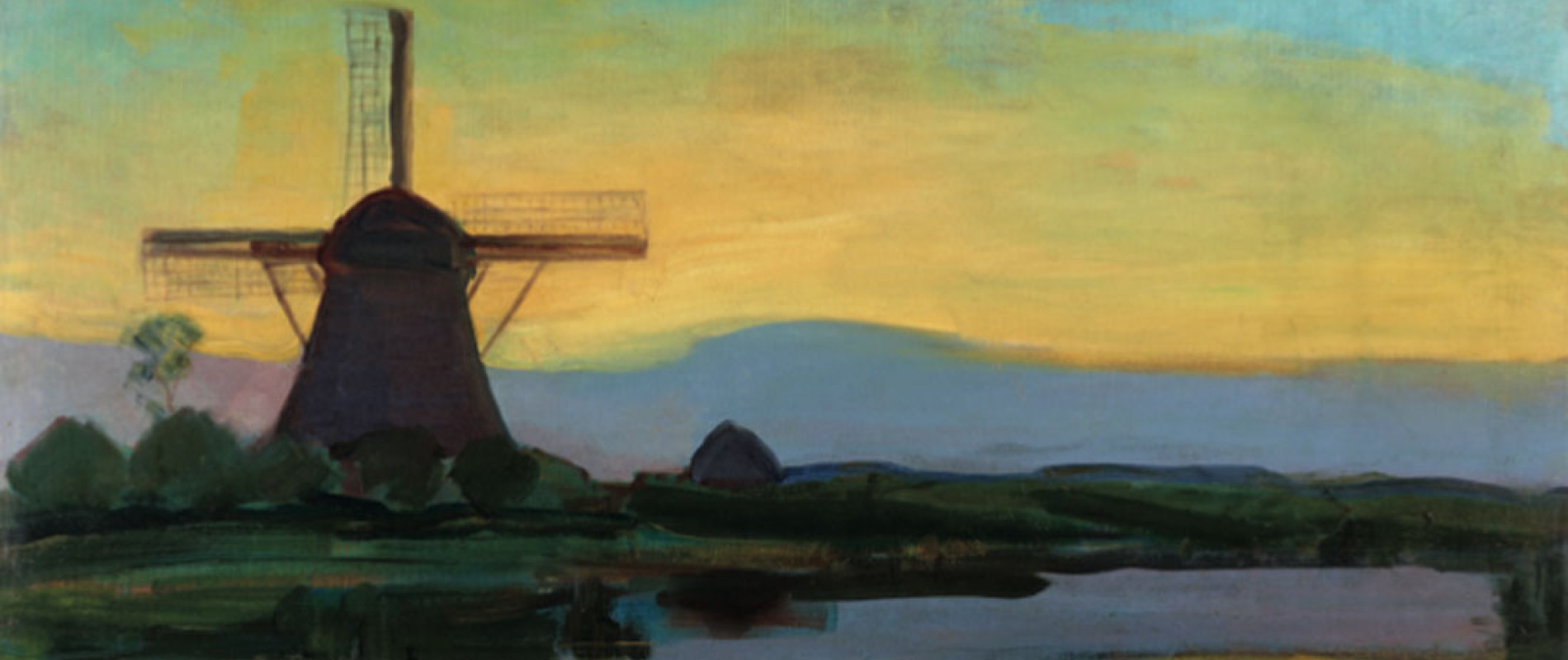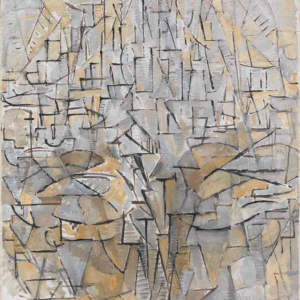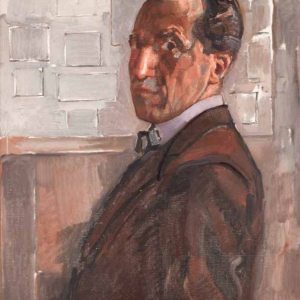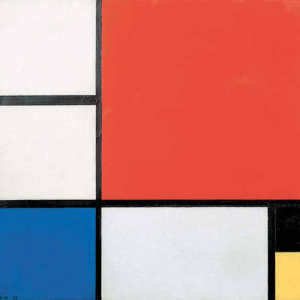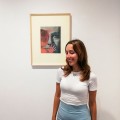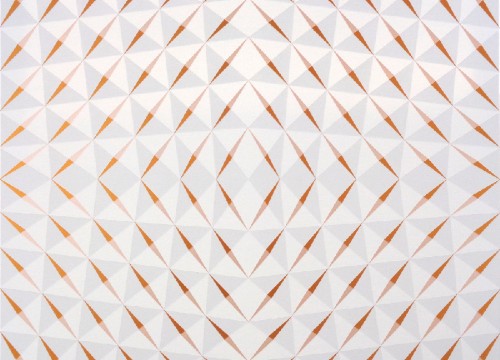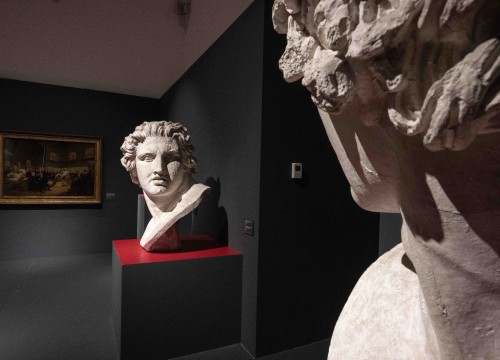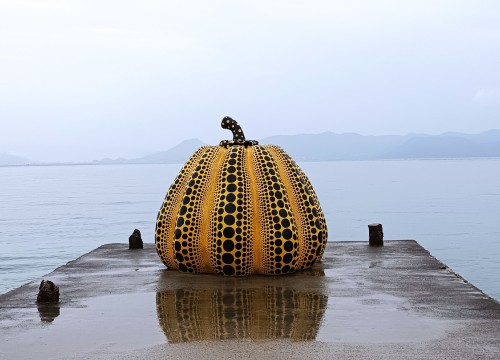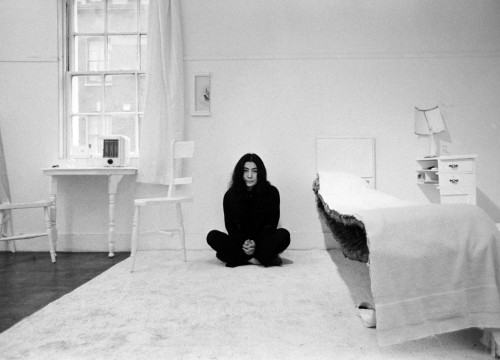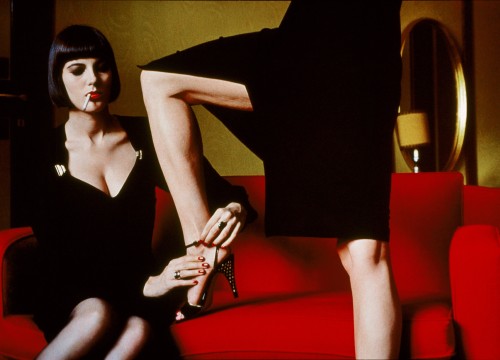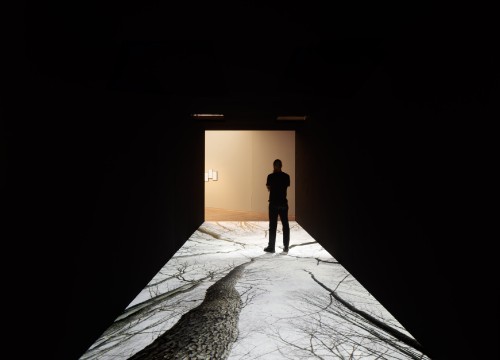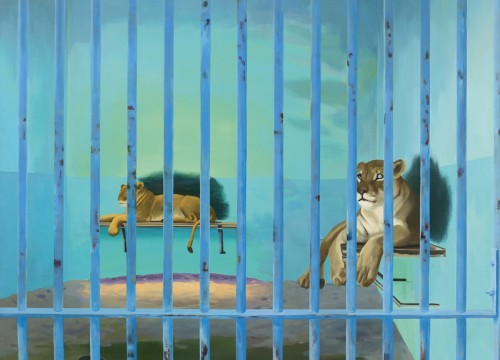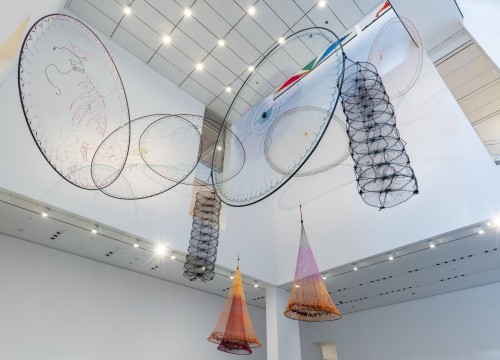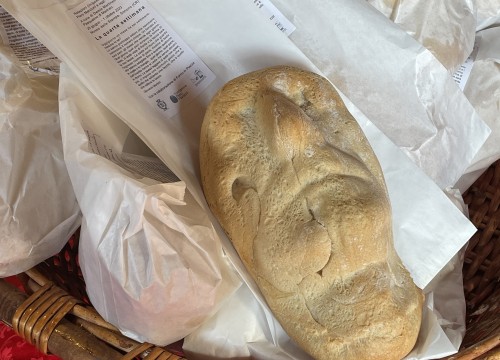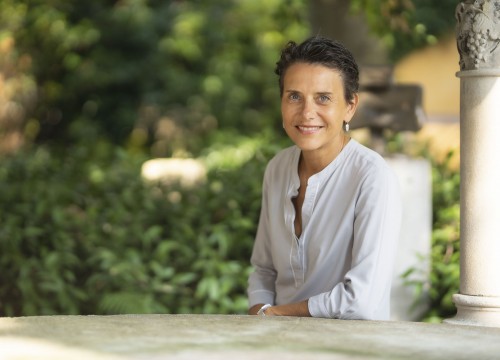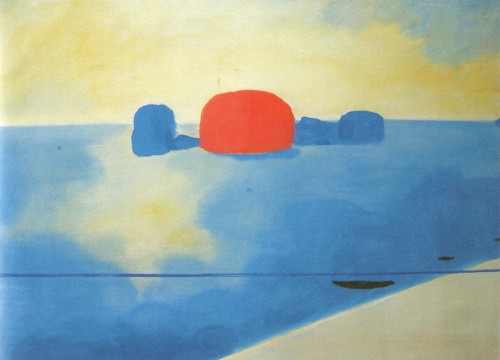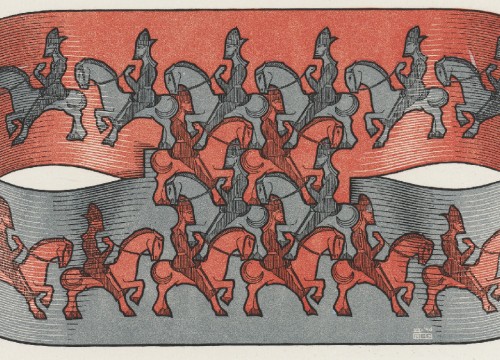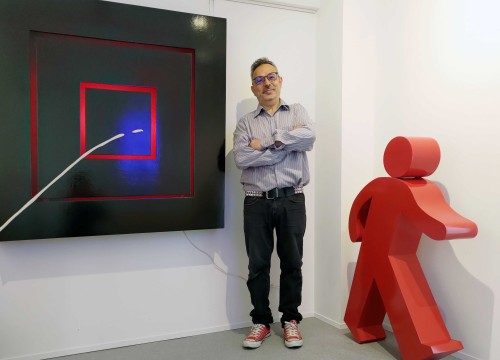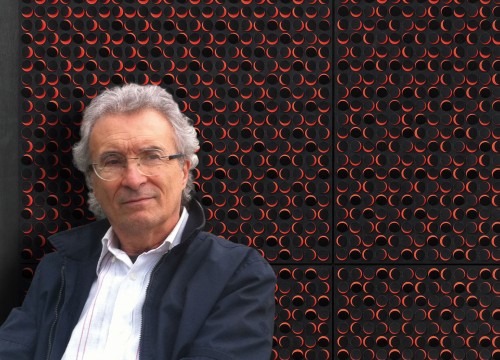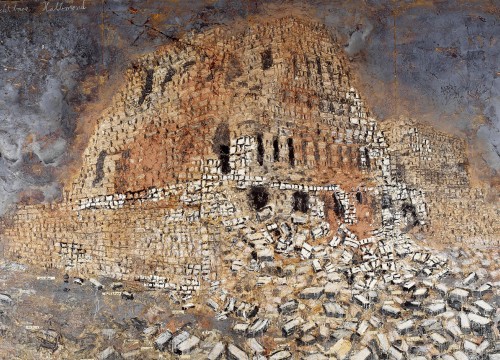Mondrian: an exhibition ranging from the years of figuration to neo-plasticism
In 1965 French fashion designer Yves Saint Laurent presented, in his autumn-winter collection, a dress exceptionally conceived to amaze the public once again. It is the Mondrian Dress, famous for becoming an emblem of the combination of art and fashion and their natural complementarity. We are in the middle of the 60s: the artistic movement founded by Mondrian together with Theo Van Doesburg in 1917 is now part of history. The revolutionary scope of Piet Mondrian’s (1872-1944) art can be better understood by taking a step back to the beginning of abstractionism as a pictorial current, approximately in the first half of the 1910s. Mondrian reached the outcome of abstraction through a deep spiritual meditation, which characterizes his figurative works exactly as much as his neo-plastic ones. The artist departs from the representation of reality excessively corresponding to the truth to investigate the deeper levels that lie beneath the appearance of the external world.
MONDRIAN REACHES ABSTRACTION
THROUGH AN INTENSE SPIRITUAL MEDITATION
The Mudec museum is hosting an exhibition that aims to investigate the evolution of Mondrian’s style through 60 works. The common thread of this exhibition is landscape painting, a bridge between the figurative phase and the following abstract period. Mondrian dedicated himself to this type of painting before embracing pure abstraction and adopting a personal grid that would characterize his later works. This motionless and hieratic grid within which he conducts his experimentation is composed of large primary color fields and lines that intersect in a relationship of reciprocity between the vertical and horizontal values. It is a solution that suggests a new system of values, purified from the narrative needs of figurative painting, in order to focus on reflection on the inner life and nature, essential themes for his poetics since the time when he admired artists of The Hague School (1860-1890), that are also represented in the exhibition. It is a great opportunity to delve into the artistic journey of the father of neo-plasticism, from the beginning to his latest works.

